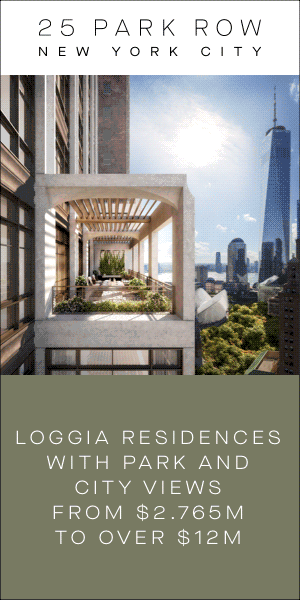Melbourne and Sydney tipped to be next BTR investment hotspots by British architecture firm Assael
- Editorial Team

- Feb 12, 2021
- 3 min read
Australian cities Melbourne and Sydney are tipped for a Build-to-Rent (BTR) boom, says Assael Architecture, a British architecture which has designed many key UK BTR projects backed by large institutions such as L&G, Grainger and Essential Living.
Press Release | 12th February, 2021

A view of Dover Heights and neighboring areas of central Sydney, Australia.
More than 30 major BTR projects, totaling 11,667 homes, have been confirmed in Australia over the 12 months. This is likely only to increase, especially given post-Covid there is expected to be a more significant decline in build to sell apartment construction levels, and the Government will be more willing to incentivise BTR to sustain construction activity.
New South Wales and Victoria State Governments both announced recently that they would provide measures to encourage both domestic and offshore investment in BTR, and Assael and JLL expect other state governments to follow suit.
Like Brits, Australians have historically placed a high value on owning their own home – but attitudes are changing. The Australian Bureau of Statistics found homeownership fell from 70% in 1998 to 66% in 2019 – the lowest level since 1994. As urban professionals rent for longer, they will want flexible and well-designed homes with serviced operations that are available for rent. Sydney and Melbourne are likely to be at the epicentre of an Australian BTR boom, with each ranked the third and fourth least affordable cities to live in globally respectively.
Melbourne is the largest market, currently accounting for more than 50% of Australia’s BTR market. This is partly because it is easier to acquire development sites than in pricier Sydney, which accounts for a quarter. The BTR model is inspired by the US multi-family sector, which has been around for decades. The aim is to take the stress and hassle out of renting by offering longer tenancies, no agents fees, smaller deposits and apartments with utilities that are ready to go from day one. The apartments are designed specifically for rent, with modern interiors and shared social spaces, such as residents’ lounges, fitness centres, yoga studios, games rooms and co-working areas, also included.

A JLL report said that the UK was the best market for Australia to learn from as the fundamentals and the point at which they are starting from were similar and that Australia could “learn from the successes and previous inefficiencies” that the UK had experienced.
Loren Thanyakittikul, director, Assael, said: “At Assael, we have worked with major institutional and private investors, such as L&G at Blackhorse Mills, Essential Living at Union Wharf and Connected Living London (Grainger plc & TFL).
“We know that investing time in researching and developing the product itself is key if you want to attract the core audience of future renters – whether discerning young professionals or increasingly time-poor families that require services and flexibility. They are paying for the experience of living in a BTR community, so getting the quality right is important – particularly when it comes to communal spaces.”
Paul Winstanley, head of BTR for Australia & New Zealand at JLL, agrees the time is ripe for a boom in BTR: “The challenges of 2020 have, if anything, fuelled international appetite for the sector across Australasia, largely driven by the resilience of the sector in the more mature global markets and the investment performance of operational assets. All the signs indicate an exciting future for this emerging asset class in Australia and New Zealand that could be key to helping solve the housing crisis and provide investors with predictable long-term returns in the process.
“Ministers in both Australia and New Zealand are increasingly prepared to consider what this emerging asset class could offer. They are particularly interested in its potential role in being a major contributor to the economic recovery following the COVID-19 global pandemic.”




















Comments